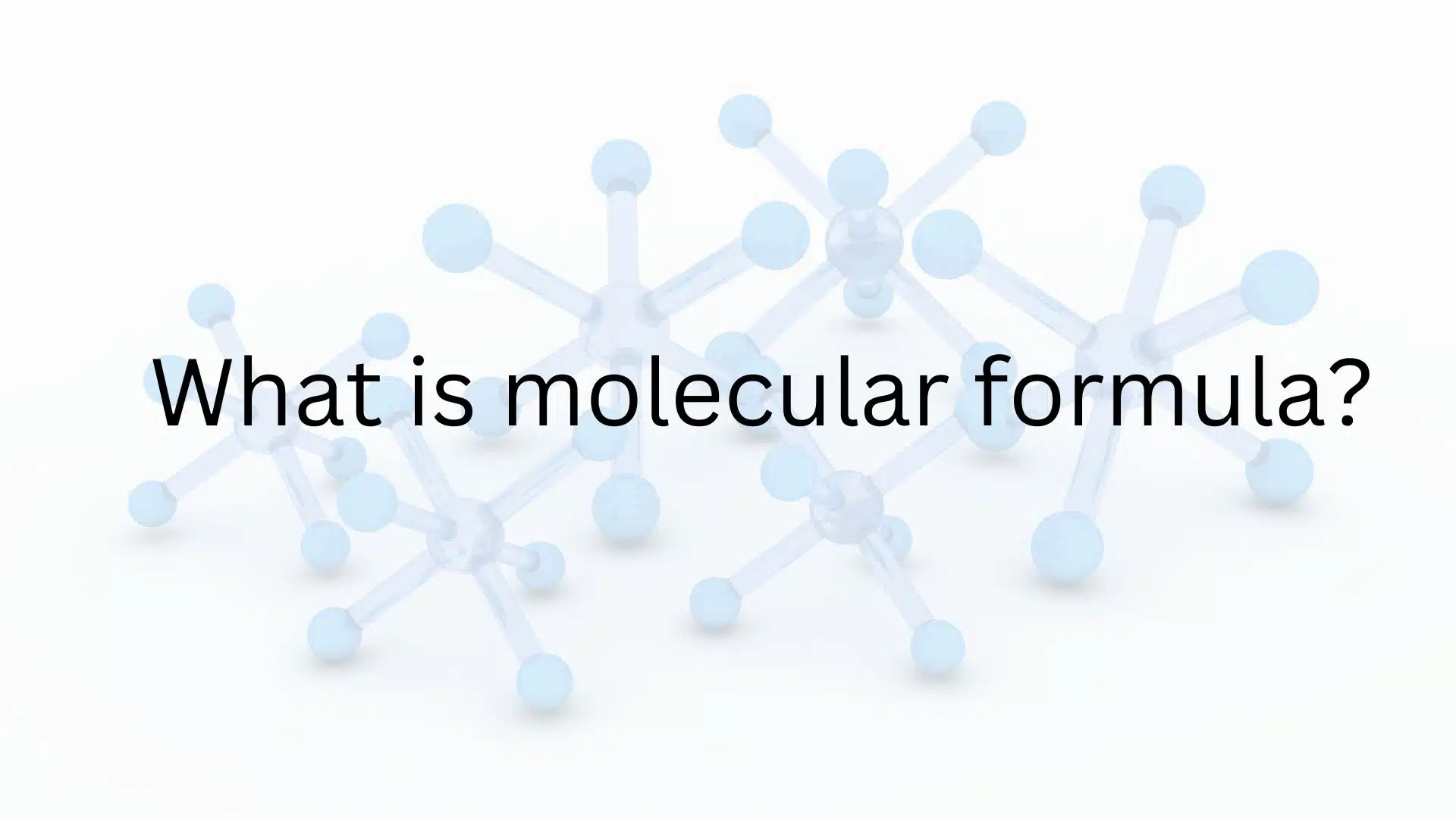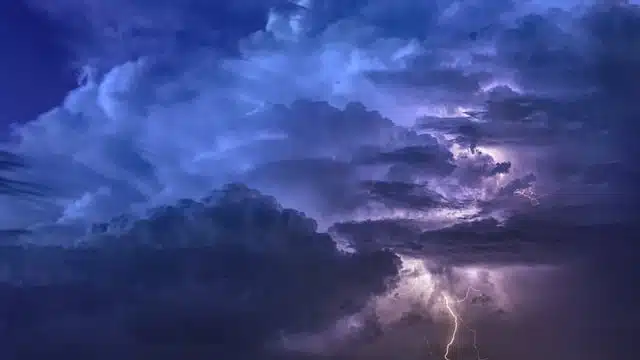What is chemistry of water in all three states?
Water as a substance is amazing. Its presence brings life and growth to all organisms. It is the only substance that occurs naturally on the planet in three states; solid, liquid, and gas. It is simple to make because it is an important substance. The chemical symbol H2O is made up of two parts hydrogen and one part Oxygen.
Water is made of two hydrogen atoms and one oxygen atom. The oxygen atom is negatively charged and the hydrogen atom is positively charged. Water is the same as opposites attract. Water attracts other water due to this charge attraction. In the same way that atoms are combined. The oxygen atom of another molecule bonds to the hydrogen of one water molecule.
Other Names for Water
The IUPAC name for water is, of course, water. The name oxidane is also an alternative. The name oxidane is only used in chemistry as a mononuclear parent hydride and derivatives of water.
Other names for water include:
- Dihydrogen monoxide or DHMO
- Hydrogen hydroxide (HH or HOH)
- H2O
- Hydrogen monoxide
- Dihydrogen oxide
- Hydric acid
- Hydrohydroxic acid
- Hydrol
- Hydrogen oxide
- The polarized form of water, H+ OH–, is called hydron hydroxide.
The word “water” is derived from the Old English word wæter or from the Proto-Germanic watar or German Wasser. All of these words mean “water” or “wet.”
Properties of Water
Water is found in all three states. The water is solid when it is below freezing. It is a liquid between the freezing point and boiling point. It is gas above the boiling point. There are many unique properties of water. Liquids expand in volume as they get cooler. As it gets even colder, the water will stop getting compressed and begin to expand. Cohesion is when water is attracted to other water.
The amount of a solid that can be dissolved into a liquid is known as solubility. The atmospheric pressure, ambient temperature, and liquid being used are some of the factors that affect solubility. Only a small amount of a solid can be dissolved into the water before it reaches equilibrium, which means no more can be dissolved. Think of this as pouring sugar into coffee. Only a certain amount of sugar can be added to the coffee.
Water as Liquid
It is easiest to see water in its liquid form. The majority of the planet is covered by water in liquid form. Some variables have to be right for water to change states, and other variables have to remain within a certain range for water to remain in that state. Water can’t exist as a liquid if it’s less than 32 degrees Fahrenheit.
Precipitation is the primary route for liquid water to return to the Earth. The way water can turn back into liquid water is called condensation. This causes clouds to form, which in turn brings water back to us.
water as Ice
The frozen state of water is ice. As water becomes cold, it expands and traps air. It’s the only non-metallic substance that will expand this way. Ice will float in a glass of water. It does not have to be in a liquid state to become ice. As in the form of frost, water vapor can form ice. There are many forms of ice in the environment, from snow to hail.
Water as Vapor
During its gas state, water is a vapor. This can happen in some ways, but the majority of the time it happens at temperatures over 200 degrees. Water will turn into steam in the form of Vapor when it reaches this temperature.
Water can be found below this temperature, such as when you can see your breath on a cold day. Evaporation is the absorption of liquid water into the air, which is a form of water turning into vapor. A wet surface that is allowed to dry is an example of this. The water did not disappear but simply evaporated into the air. You can use this Vapor Pressure of Water Calculator to determine the pressure exerted by water vapor at different temperatures.






Leave a Reply